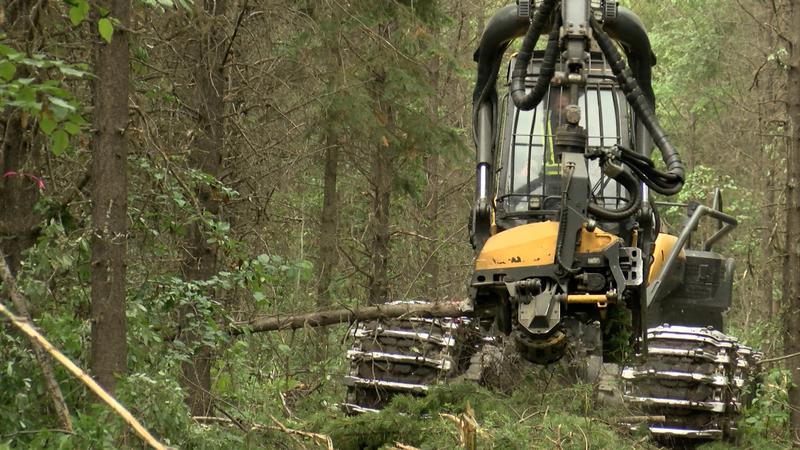
Demonstrations of tree thinning showcases benefits
PRINCE GEORGE — Tree thinning is a common practice in active forest management in many parts of the world, where only a portion of a stand is harvested, leaving the remaining trees better access to nutrients, water and light so they can reach their full growth potential.
At a private woodlot east of Prince George, live demonstrations of forest thinning a 35 year old pine plantation took place to show what happens when thinning takes place.
Liam Parfitt, owner of Freya Logging Company, says that the goal with forest and tree thinning is to create a sustainable and durable forest for the future.
